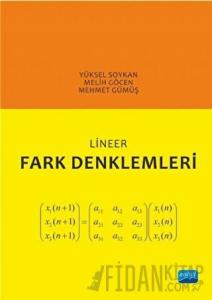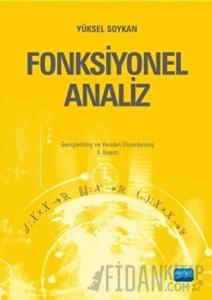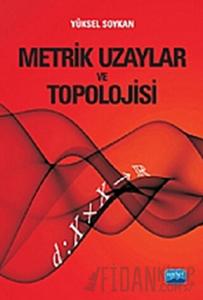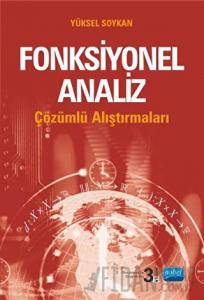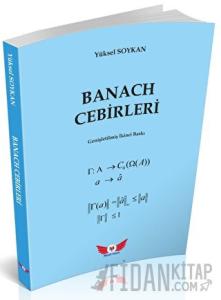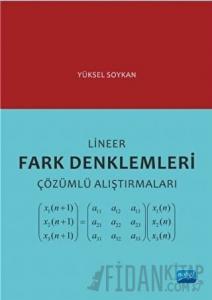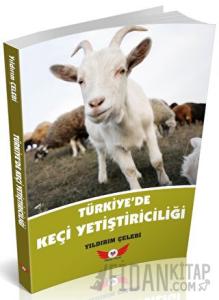
Recently, there have been so many studies of the sequences of numbers in the literature and the sequences of numbers were widely used in many research areas, such as architecture, nature, art, physics and engineering. The Fibonacci numbers occurs everywhere in nature. These numbers has applications to distinct branches of mathematics, as well as varied situations of the world. In this book, closed forms of the sum formulas for generalized Fibonacci (Horadam) numbers are presented and then as special cases, the sum formulas of Fibonacci, Lucas, Pell, Pell-Lucas, Jacobsthal, Jacobsthal- Lucas, Mersenne, Mersenne-Lucas, p-Mersenne, p-Mersenne-Lucas, balancing, modified Lucas-balancing, Lucasbalancing, modified Oresme, Oresme-Lucas, Oresme, modified p-Oresme, p-Oresme-Lucas, p-Oresme numbers are given. We present the proofs to indicate how these formulas, in general, were discovered. Of course, all the listed formulas of the sums may be proved by induction, but that method of proof gives no clue about their discovery. The content of the book is recent and reflects current research in the field of recurrent sequences. There are lots of applications of the sum formulas. For example, computations of the Frobenius norm, spectral norm, maximum column length norm and maximum row length norm of circulant (r-circulant, geometric circulant, semicirculant) matrices with the generalized m-step Fibonacci sequences require the sum of the numbers. I would be delighted to hear from the users of the book about any possible errors and corrections.
Prof. Yüksel Soykan Bülent Ecevit University
In this book, closed forms of the sum formulas for generalized Fibonacci (Horadam) numbers are presented and then as special cases, the sum formulas of Fibonacci, Lucas, Pell, Pell-Lucas, Jacobsthal, Jacobsthal-Lucas, Mersenne, Mersenne-Lucas, p-Mersenne, p-Mersenne-Lucas, balancing, modified Lucas-balancing, Lucas-balancing, modified Oresme, Oresme-Lucas, Oresme, modified p-Oresme, p-Oresme-Lucas, p-Oresme numbers are given. We present the proofs to indicate how these formulas, in general, were discovered. Of course, all the listed formulas of the sums may be proved by induction, but that method of proof gives no clue about their discovery.
Recently, there have been so many studies of the sequences of numbers in the literature and the sequences of numbers were widely used in many research areas, such as architecture, nature, art, physics and engineering. The Fibonacci numbers occurs everywhere in nature. These numbers has applications to distinct branches of mathematics, as well as varied situations of the world. In this book, closed forms of the sum formulas for generalized Fibonacci (Horadam) numbers are presented and then as special cases, the sum formulas of Fibonacci, Lucas, Pell, Pell-Lucas, Jacobsthal, Jacobsthal- Lucas, Mersenne, Mersenne-Lucas, p-Mersenne, p-Mersenne-Lucas, balancing, modified Lucas-balancing, Lucasbalancing, modified Oresme, Oresme-Lucas, Oresme, modified p-Oresme, p-Oresme-Lucas, p-Oresme numbers are given. We present the proofs to indicate how these formulas, in general, were discovered. Of course, all the listed formulas of the sums may be proved by induction, but that method of proof gives no clue about their discovery. The content of the book is recent and reflects current research in the field of recurrent sequences. There are lots of applications of the sum formulas. For example, computations of the Frobenius norm, spectral norm, maximum column length norm and maximum row length norm of circulant (r-circulant, geometric circulant, semicirculant) matrices with the generalized m-step Fibonacci sequences require the sum of the numbers. I would be delighted to hear from the users of the book about any possible errors and corrections.
Prof. Yüksel Soykan Bülent Ecevit University
In this book, closed forms of the sum formulas for generalized Fibonacci (Horadam) numbers are presented and then as special cases, the sum formulas of Fibonacci, Lucas, Pell, Pell-Lucas, Jacobsthal, Jacobsthal-Lucas, Mersenne, Mersenne-Lucas, p-Mersenne, p-Mersenne-Lucas, balancing, modified Lucas-balancing, Lucas-balancing, modified Oresme, Oresme-Lucas, Oresme, modified p-Oresme, p-Oresme-Lucas, p-Oresme numbers are given. We present the proofs to indicate how these formulas, in general, were discovered. Of course, all the listed formulas of the sums may be proved by induction, but that method of proof gives no clue about their discovery.

